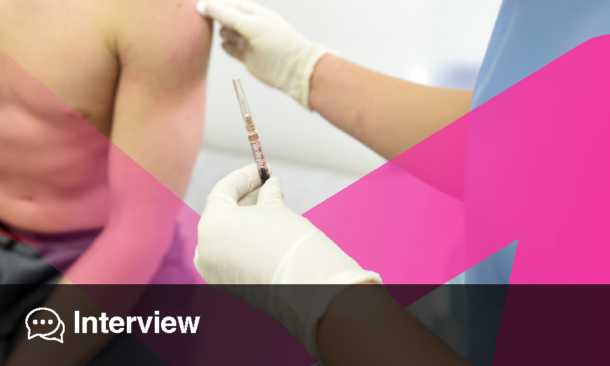HIGHER rifampicin exposure accelerated bacillary clearance and predicted pulmonary tuberculosis treatment outcomes in patients.
Understanding Rifampicin Exposure in Pulmonary Tuberculosis
Optimizing antimicrobial exposure is central to improving pulmonary tuberculosis response. This study evaluated weekly changes in sputum time to positivity during the first twelve weeks of treatment and identified how rifampicin plasma concentrations and patient characteristics influence bacillary clearance trajectories.
Investigators enrolled adults with drug susceptible pulmonary tuberculosis in Worcester, South Africa and followed them through their initial phase of treatment. Time to positivity measurements provided a quantitative assessment of bacterial burden decline. Using nonlinear mixed effects modeling, the research assessed rifampicin concentration area under the curve and clinical covariates such as age and lung cavitation.
Baseline Disease Burden and Clinical Covariates Influence Outcomes
The cohort included 402 participants. Most were young to middle aged adults and sixty percent were men. Baseline lung cavitation and higher smear grade were associated with shorter initial time to positivity, indicating higher bacillary burden at treatment onset.
Older age and lung cavitation slowed longitudinal improvement in sputum time to positivity. In contrast, higher rifampicin exposure accelerated bacillary clearance, even within standard treatment dosing ranges.
Treatment Failure Linked to Slower Early Response
By six months, ninety percent of participants achieved successful outcomes. Individuals with slower improvements in sputum time to positivity during the first twelve weeks were significantly more likely to experience treatment failure. These findings reinforce the prognostic value of early microbiologic indicators while highlighting variability in drug response.
Clinical Implications for Therapeutic Strategies
This work underscores the importance of rifampicin exposure optimization to support bacillary clearance and reduce treatment failure in pulmonary tuberculosis. Consideration of early sputum response trends and patient specific factors may guide more tailored therapeutic monitoring approaches in clinical practice.
Reference: Wijk M et al. Insights into the Role of Rifampicin Exposure and Clinical Baseline Covariates on the Response to Pulmonary Tuberculosis Treatment. Clin Infect Dis. 2025;ciaf586.








